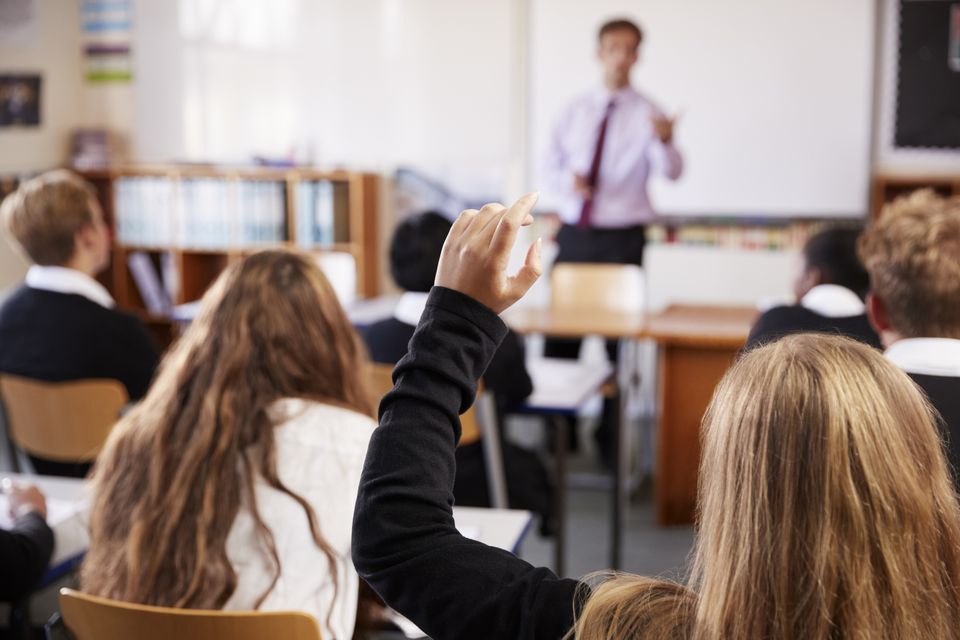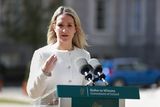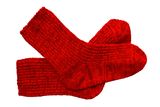Number of teachers and SNAs rise while primary school transport and third-level grants decline, report finds
The Government report analyses all areas of Ireland's education system from 2018 to 2022. Stock photo: Getty
The total number of teachers, special needs assistants and those registered on apprenticeships has risen considerably over the last five years, a report on educational indicators in Ireland has found.
While the report stresses many positive indicators, it found that less primary school students are using school transport despite increased routes, while the number of third-level students receiving supports in the form of grants has decreased considerably.
The Government report, published today, covers all levels of education starting with early years and working through to school education, further and higher education as well as lifelong learning.
In doing so, the report provides an overview of the work of both the Department of Education and the Department of Further and Higher Education, Research, Innovation and Science.
Education Minister Norma Foley said the report presents a snapshot of the whole education system and is an “invaluable tool in formulating future policy”.
“It is heartening to see that a number of key indicators are continuing to trend in a positive direction,” Minister Foley said ahead of three crucial annual teacher conferences taking place this week.
The minister was speaking on the same day as the 156th INTO Annual Congress which kicked off in Derry today, with teachers and unions addressing both teacher recruitment and retention issues.
The updated report provides data up to and including the school academic year 2022-2023, as well as a look back at how Ireland’s education system has progressed over the five years 2018-2022.
The report found that the total number of teachers in primary and secondary settings has risen by over 8,258 since 2018, from 65,815 to 74,073.
The number of special needs assistants (SNAs) has also risen, by over 4,342 in this time, from 14,877 in 2018 to 19,219 in 2022.
It also highlighted how the pupil-teacher ratio has fallen from 15.2 to 13.4 since 2018, while in post-primary it has fallen from 12.7 to 12.5
The report shows that the percentage of students doing Transition Year rose by 6,902 between 2021 and 2022.
The total number of students taking the Leaving Certificate programme (across both 5th and 6th year) increased from just under 84,000 in 2018 to over 91,000 in 2021 before falling to around 85,000 in 2022.
With regards to school transport, the report states that the number in post-primary education availing of school transport increased from 65,499 to 71,095 between 2018 and 2022.
However, the number of mainstream primary students using school transport has decreased, from 39,205 in 2018 to 36,728 in 2022.
While the number of school transport routes increased from 6,856 in 2018 to 8,942 in 2022, the total percentage of students provided with school transport has only increased from 12.6pc to 12.9pc in the same period.
The report adds that the number of students with special educational needs using school transport increased from 12,751 to 16,401 in this time.
It highlights a strong increase in the number of individuals registered on apprenticeships in recent years, rising from around 15,000 in 2018 to around 26,000 in 2022.
“While craft apprenticeships continue to account for the majority of registrations, broadening apprenticeship opportunities have seen other apprenticeships account for around 15pc of the apprenticeship population,” the report said.
The overall educational attainment of the population has been rising steadily over time, while unemployment rates remain consistently lower for those with a higher level of education
With regards to enrolment in third level education, the report shows that universities in Ireland are made up of 57pc females and 42pc males, with almost twice as many females (65.9pc) than males (34.1pc) in institutes of technologies/colleges.
Technological universities were the only third-level setting where more men (53pc) than women (46pc) were enrolled in 2022.
Women led considerably also in the total number of undergraduate and post-graduate enrolments.
One stark finding of the report found that the number of students receiving supports in the form of grants dropped considerably, from 74,416 in 2018 to 60,884 in 2022.
Both undergraduate students and PLC students have seen a decrease in supports, with the figure for undergraduate supports falling by 11,000 since 2018 and PLC students falling by 3,000.
Postgraduates were the only group that have marked an increase in supports in the last five years.
In addition, the number of post-graduate research enrolments rose to 12,025 in 2022, of which the majority were full-time PhD students.
It also shows that the number of mature students enrolled in full-time undergraduate courses had decreased from 7.7pc to 5.4pc, with the report positing that this change could be due to an “attractive job market.”
On a positive note for access, it shows that the number of students availing of opportunities for remote learning in higher education grew to over 15,000 in 2022, up from 10,933 in pre-Covid 2019.
With regards to further education, participants in Skillnet Ireland programmes exceeded 89,000 for the first time, including around 3,400 unemployed persons.
Further Education Minister and Taoiseach-designate Simon Harris said the report demonstrates the “expansion of our education and training offerings across Ireland”.
“By broadening the educational pathways available we are allowing learners to engage with, and continue, their education and training journey in a way that works for them, at any stage of life.
“The growth in remote learning in higher education and the increased apprenticeship numbers clearly demonstrate that learners are ready to avail of a range of opportunities to gain their qualification,” he added.
Join the Irish Independent WhatsApp channel
Stay up to date with all the latest news















